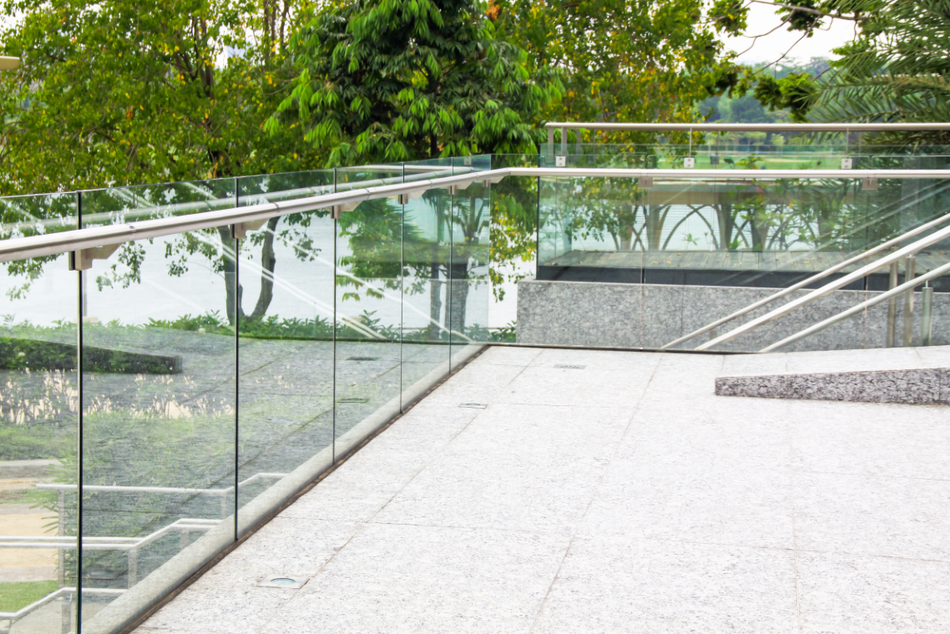Feb 16 2001

Image Credit: LadyRhino/Shutterstock.com
Article updated on 12/02/2020 by Gaea Miranda
Laminated glass comprises layers of glass in a “sandwich-type” arrangement, in which a layer of flexible polymeric material is sandwiched between two layers of glass. Laminated glass is produced using one of two methods that can result in either Poly Vinyl Butyral (PVB) laminated glass or Cast in Place (CIP) laminate.
PVB laminated glass is produced through the use of a heat and pressure process, during which a flexible interlayer is sandwiched between layers of glass. Generally, the interlayer has a thickness of 0.38 millimeters (mm), except for applications in automotive windscreens, which use a 0.76 mm thick interlayer. Meanwhile, CIP laminated glass is manufactured by pouring resin into the cavity between two adjacent panes of glass. Interlayer thicknesses of 1.0 to 1.5 mm are common for CIP laminated glasses.
Laminated glass is more advantageous than laminated glass because it will not shatter as the polymeric interlayer is not subject to brittle failure. Furthermore, the interlayer provides a barrier against penetration. Tinted interlayer materials can also be used to help minimize heat transmission, while the polymeric material also acts as a sound deadening layer, damping sound transmission in a manner equivalent to glass twice as thick.
Key Properties of Laminated Glass
Laminated glass is a material of choice among various industries due to the following key properties:
- Increased safety factor compared to standard float glass
- Resistance to shattering
- Improved acoustic damping properties compared to standard float glass
Applications of Laminated Glass
Applications of laminated glass are evident in the building and transport industries, as well as a wide range of security applications.
Building Industry
Many building applications require a glass exterior that is also capable of minimizing sound transmission (e.g., a restaurant on a busy street). For this reason, laminated glasses with good acoustic dampening properties could be used.
Transport Industry
Laminated glasses are used for windscreens for all forms of transportation. They are typically PVB laminated glasses that use a thicker interlayer of about 0.76 mm. This gives the material a good resistance to penetration, while at the same time, providing excellent light transmission.
Security Applications
Many applications require transparent panels for viewing purposes. At the same time, they may also need to keep out burglars or bullets, or just provide a safer alternative to float glass. In these cases, laminated glasses can provide the solution due to their resistance to both shattering and penetration.
Safety applications (e.g. shower screens) may use thicknesses as low as 6.38 mm, which would typically involve 2 layers of 3 mm thick glass with a 0.38 mm interlayer, whereas burglar-resistant grades may utilize similar structures with significantly thicker glass panels.
Bullet-resistant glasses range in thickness from 24 mm to 53 mm, depending on what type of weapon they are trying to stop. These glasses may involve several layers of glass each separated by a polymeric interlayer.